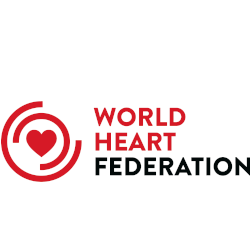Research
Tobacco use among health professionals and their role in tobacco cessation in Nepal
Abstract
Background: Reduction of tobacco use in the general population is preceded by a reduction in tobacco use among health professionals. There are very few data on tobacco use among health professionals in Nepal and no data on their role in cessation.
Methods: We conducted a cross-sectional study among 377 health professionals (men 59%) in two of the 75 districts of Nepal to understand their tobacco use, factors associated with tobacco use and their role in tobacco cessation. Information on tobacco use, alcohol use, friends’ use of tobacco, knowledge on harmful effects of tobacco use and health professionals’ self-reported tobacco intervention was collected using a pre-tested and structured questionnaire. Multiple logistic regression analysis was conducted to identify the important predictor variables of tobacco use.
Results: Overall prevalence of current tobacco use was 20.4% (95% CI 16.5–24.9); men 32.4%, women 3.2%. Multiple logistic regression analysis showed that men (OR 6.87; 95% CI 2.41–19.53), alcohol users (OR 3.91; CI 2.08–7.36) and those whose friends used tobacco (OR 3.40; CI 1.79–6.45) were more likely to be current tobacco users compared to their counterparts. Current users were less likely to always ask (p < 0.001) and advise (p < 0.001) on tobacco use compared to nonusers.
Conclusion: More than 20% of health professionals in our study currently used tobacco. Efforts should be made to control tobacco use among health professionals focusing on men and alcohol users. Strategies to resist peer pressure and making health institutions tobacco free are likely to reduce tobacco use among health professionals.


